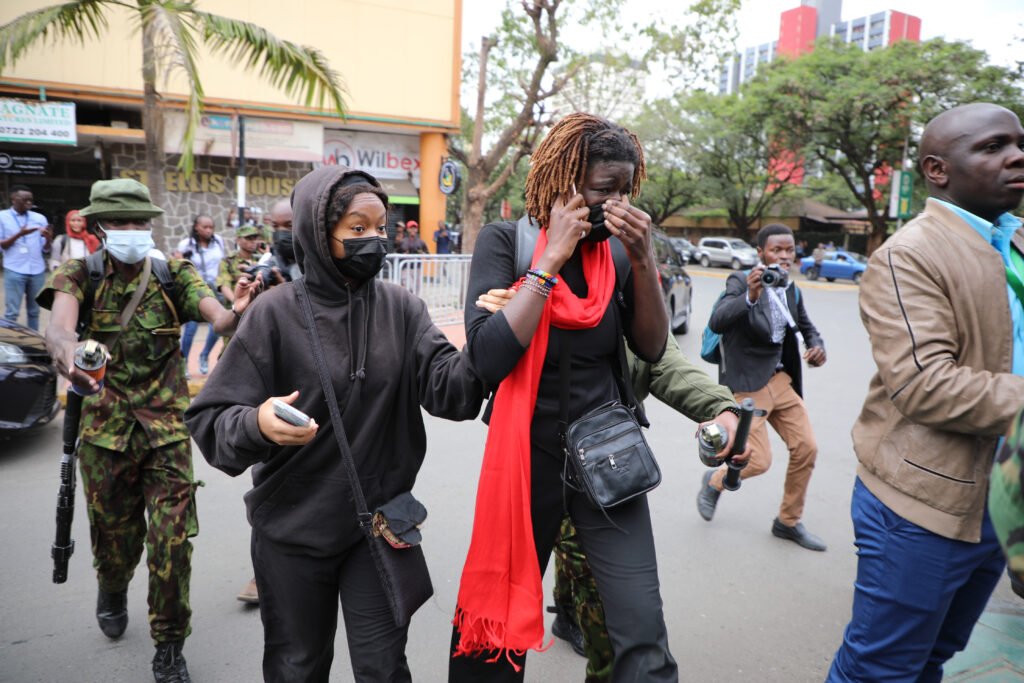Sustained pressure from youth-led protests has compelled the Kenyan government to slash operations and maintenance (O&M) expenditures across public offices by Sh51.95 billion in the first nine months of the current financial year ending March 2025.
National Treasury data reveals that O&M costs—covering office supplies, transport, fuel, travel, and repairs—plummeted to Sh751.35 billion, down sharply from Sh969.39 billion during the same period last year. This significant Sh218.04 billion reduction represents the most substantial cut in non-essential spending since the austerity measures implemented during the COVID-19 pandemic four years ago.
The drastic cuts are directly attributed to the so-called “Gen Z-induced spending chops”, a term reflecting the intense anti-government protests led largely by young Kenyans.
These protests, which gained momentum nationwide, primarily opposed the Finance Bill 2024 and broader concerns about government expenditure and taxation. The eventual withdrawal of the Finance Bill left a projected budget deficit of Sh894.3 billion, forcing President William Ruto’s administration to aggressively seek savings.
Targeting Non-Essential Spending
Faced with declining revenues and mounting public pressure, the Treasury identified O&M expenses as a “soft target” for immediate reductions. Key measures implemented include:
Halting renovations: Budgets for refurbishing and partitioning government offices were removed.
Cutting new assets: Expenditure on acquiring new assets, particularly high-cost items like vehicles for government advisers (which can exceed Sh189 million in a single half-year allocation), was drastically reduced.
Security and travel: Fees allocated to security agencies and travel budgets were cut.
Confidential budgets: Budgets for the Offices of the First and Second Ladies, alongside confidential allocations for State House and other public offices, were scrutinised and reduced.
Accelerated retirements: Measures were taken to enforce the retirement of public servants.
Treasury data also indicates a shift in how O&M costs were financed. Internally generated revenues from charges on government services (such as processing birth and death certificates) covered between 27% and 44% of approved O&M costs across all three quarters—slightly lower than the previous year, which ranged from 31% to 45%.
The cumulative effect of these cuts resulted in a Sh51.95 billion saving, specifically attributed to the austerity drive prompted by public pressure.
Treasury Principal Secretary Dr Chris Kiptoo acknowledged the necessity of the cuts in a recent media appearance, stating that the government was forced into a position where it “had to take more money” from expenditure reductions due to the revenue shortfall.
He emphasised the government’s commitment to understanding and responding to public needs in the current fiscal climate.
The data underscores the tangible fiscal impact of the 2024 youth protests, which translated public dissent into direct government austerity on operational spending.
– By Nusurah Nuhu


